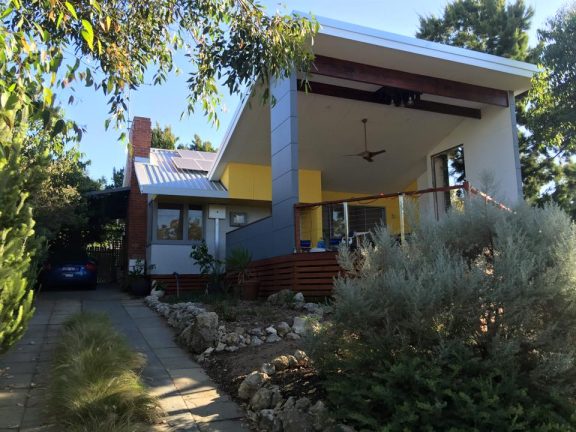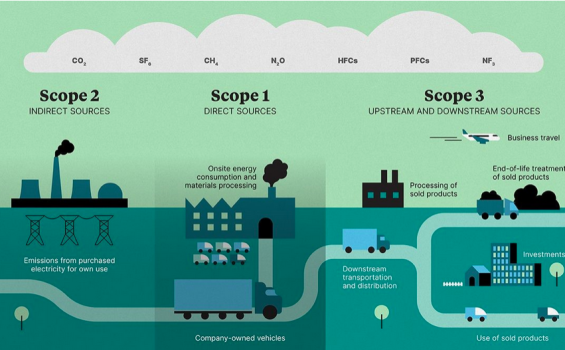
Climate Ready Homes
2 March 2023
Someone building a house today would reasonably expect their house to last many decades. Achieving this goal means considering the current and future climate. If a ‘once in a century’ storm now occurs a few times in a decade, we need to factor that in when deciding where and even how we build.
Many buildings are designed to suit historical weather conditions and may not perform well under the current and future impacts of climate change. Building standards in Australia were designed for a climate in which we no longer live. Building standards are minimum standards, and there are little to no incentives for the building industry to exceed these standards. Updating these standards to recognise a changing climate and the increasing scarcity of resources, will reduce the total cost of ownership (in both dollars and tonnes of CO2).
Houses with plants and trees are more resilient to heat waves thanks to the shade they provide, but also more resilient to flooding and storms due to the increased natural drainage. Insulation in the roof and walls, as well as sealed windows and doors, and modern or double-glazed windows can all reduce the amount of heating or cooling a building will require on average and make it more resilient to extreme conditions. Even the orientation of a building and placement of windows can have a large effect on its ability to regulate temperature and withstand extreme weather events.
Home power generation (solar/wind), power storage, as well as rain and grey water collection and usage, can contribute to the environmental and economic sustainability of a house. Power generation and storage with appropriate inverters, can be used to offset the effects of power outages which will become more frequent with more severe storms. Collection and use of rainwater (though not for drinking) can reduce municipal water consumption. The use of grey water for gardens can further reduce our reliance on resources which will become scarcer in the future.
With insurance premiums expected to quadruple over the next 20 years[1], the changing cost of insurance will influence how we build and retrofit homes. A climate-ready home can attract a premium 8.5% lower than a contemporary home, and up to 47% lower than a Victorian era home. Agreed climate-ready standards should be developed with the insurance industry, enabling them to provide preferential insurance products which act as incentives for homeowners and homebuilders.
The homes we build today need to withstand the climate of tomorrow. Minimum standards, energy star and climate readiness ratings for houses, and incentives for power and water collection and storage, will help us build more climate ready homes.
Sources
https://www.ecohome.net/guides/1083/future-proofing-homes-building-for-a-changing-climate/


Discussion